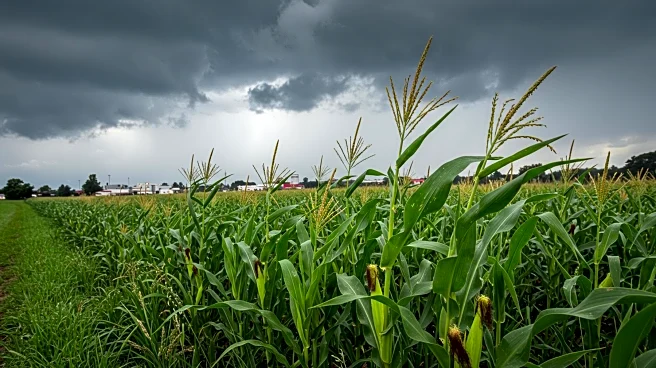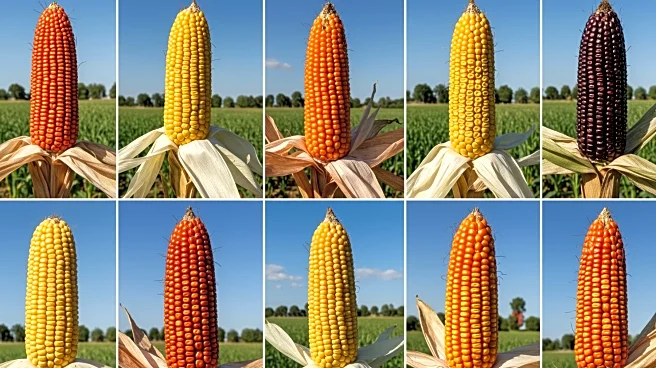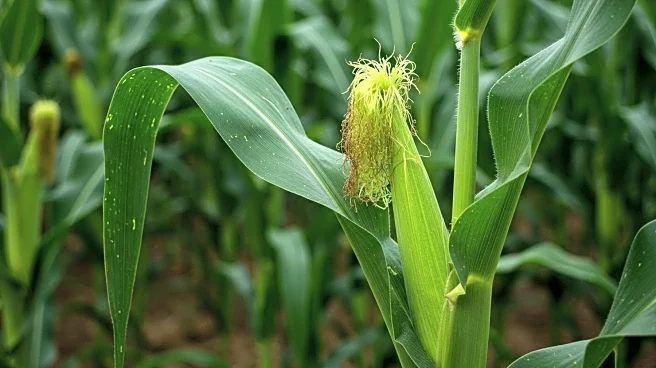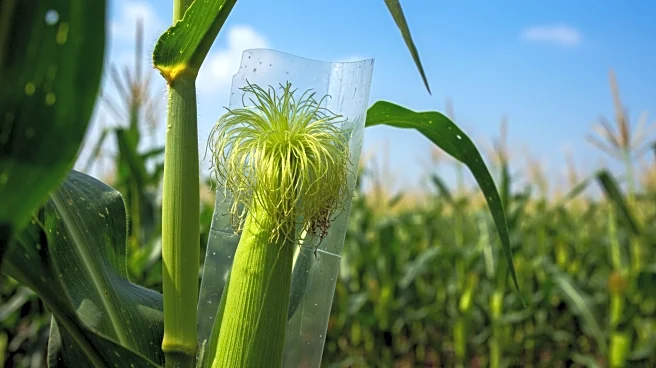What is the story about?
What's Happening?
Illinois grain farms are experiencing a significant drop in earnings for 2024, primarily due to lower grain prices, despite higher yields and reduced costs. According to the Illinois Farm Business Farm Management Association, average farm operator returns for labor and management were negative $104,610, marking the lowest earnings in the past decade. The decline is attributed to lower corn and soybean prices, with corn priced at $4.10 per bushel and soybeans at $9.60 per bushel. Livestock farmers, however, are seeing gains due to lower feed costs and higher livestock prices. The average size of farms continues to grow, with grain farms averaging 1,390 tillable acres.
Why It's Important?
The drop in earnings for grain farms highlights the volatility and cyclical nature of agricultural income, which can be influenced by external factors such as weather, market conditions, and government policies. The lower grain prices impact the financial stability of grain farmers, potentially affecting their ability to invest in future production. Conversely, the livestock sector's gains may encourage more investment in livestock farming, shifting the agricultural focus in Illinois. The economic health of these farms is crucial for the local economy, as agriculture remains a significant industry in the state.
What's Next?
Farmers may need to adapt to the changing economic landscape by exploring alternative crops or diversifying their operations to mitigate the impact of fluctuating grain prices. The ongoing adjustments in farm sizes and costs suggest a trend towards larger, more efficient operations. Stakeholders, including policymakers and agricultural organizations, may need to consider strategies to support grain farmers during periods of low prices, such as subsidies or incentives for diversification.
AI Generated Content
Do you find this article useful?












